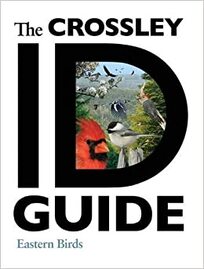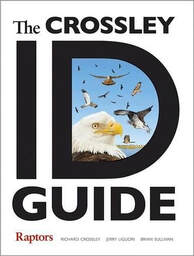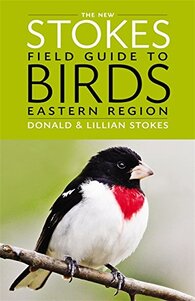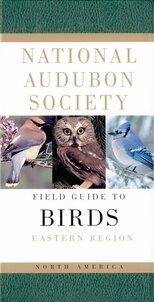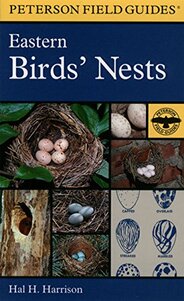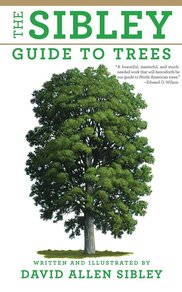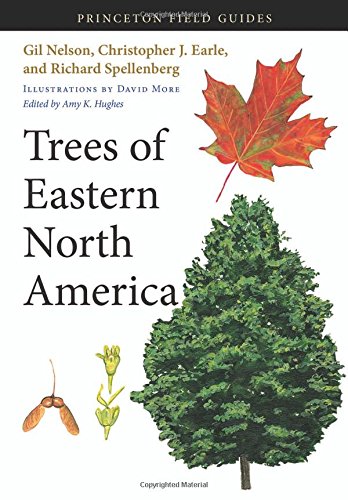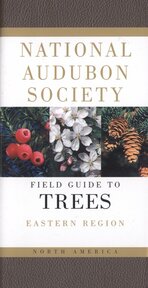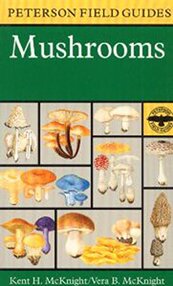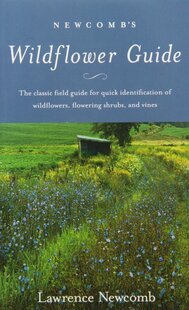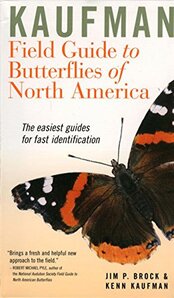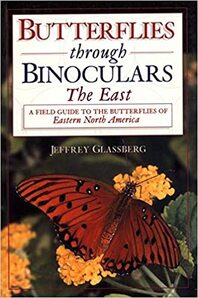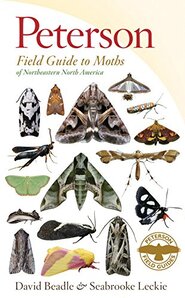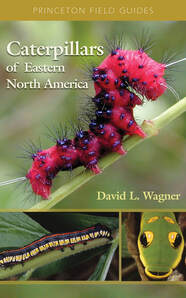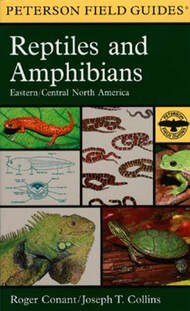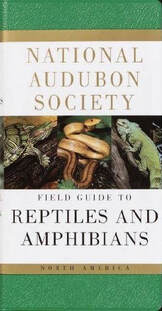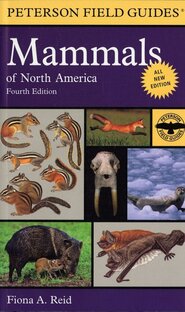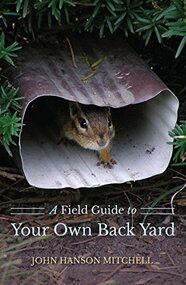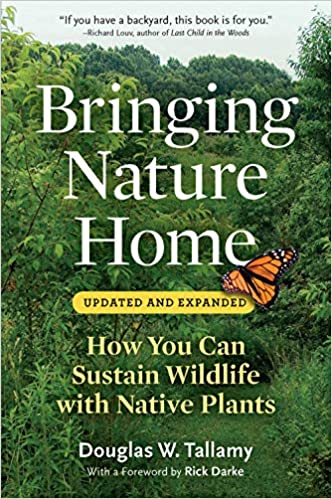Nature Books
Stop by our Visitor's Center to purchase any of the following books.
Tuesdays, Thursdays, Saturdays & Sundays 12-4pm
You can also pre-order by emailing info@rancocasnaturecenter.org and pay for your order at pick-up.
Supplies are limited.
Tuesdays, Thursdays, Saturdays & Sundays 12-4pm
You can also pre-order by emailing info@rancocasnaturecenter.org and pay for your order at pick-up.
Supplies are limited.
|
Kaufman Field Guide to Birds of North America
$18.95
Critically acclaimed for its innovative design, the Kaufman guide introduced a new generation to birding. The Kaufman Field Guide to Birds of North America includes the official names of birds and range maps. Additional information helps beginning birdwatchers get started, all in the same compact format that has made this guide the easiest to use for fast identification in the field. 391 Pages, Vinyl Bound
|
|
The Crossley ID Guide: Eastern Birds
$35.00
This stunningly illustrated book from acclaimed birder and photographer Richard Crossley revolutionizes field guide design by providing the first real-life approach to identification. Whether you are a beginner, expert, or anywhere in between, The Crossley ID Guide will vastly improve your ability to identify birds. 528 Pages, Flexibound
|
|
The Crossley ID Guide: Raptors
$35.00
Comprehensive and authoritative, the book covers all thirty-four of North America's diurnal raptor species (all species except owls). Each species is featured in stunning color plates that show males and females, in a full spectrum of ages and color variants, depicted near and far, in flight and at rest, and from multiple angles, all caught in their typical habitats. 288 Pages, Flexibound
|
|
American Birding Association Field Guide to the Birds of New Jersey
$24.95
From High Point State Park to Cape May Point, New Jersey is home to an amazing diversity of birds. More than 375 species nest in the dozens of state parks, forests, and natural areas created by local, state, and national authorities, from the centimeters-long ruby-throated hummingbird to large raptors such as the bald eagle. This guide to the Garden State's birds features 255 bird species in their natural habitats, presented in stunning color photographs complemented by detailed information on habitats, vocalizations, and when and where to see them. 368 Pages, Paperback
|
|
The New Stokes Field Guide to Birds: Eastern Region
$19.95
This easy-to-use guide features 545 North American bird species and more than 2,000 stunning color photographs. And yet it's portable enough to fit in your pocket! The photographs cover all significant plumages, including male, female, summer, winter, immature, morphs, important subspecies, and birds in flight. The guide includes the newest scientific and common names and phylogenetic order, special help for identifying birds in flight through important clues of behavior, plumage, and shape, as well as detailed descriptions of songs and calls, important behavioral information, key habitat preferences, and the newest range maps, detailing species' winter, summer, year-round ranges, and migration routes. 512 Pages, Paperback
|
|
National Audubon Society Field Guide to North American Birds: Eastern Region
$19.95
Virtually every bird found in eastern North America is brought to life in this portable guide, an essential companion in the field and a staple in any birdwatcher's library. It features a durable vinyl binding and brilliant full-color photographic identification pictures arranged for quick access and definitive text, including information on the bird's voice, nesting habits, habitat, range, and interesting behaviors. Accompanying range maps; overhead flight silhouettes; sections on bird-watching, accidental species, and endangered birds make the National Audubon Society's Field Guide to North American Birds the most comprehensive available. 800 Pages, Paperback
|
|
Sparrows & Finches of the Great Lakes Region & Eastern North America
$16.95
Sparrows and Finches offers birders information on this rich variety of species right in their own backyard. It's hard to keep all those little brown birds apart. This handy, bring-along guidebook is designed to help beginner and advanced birders to identify accurately over 48 types of sparrows, finches, and their look-alikes. Sparrows and Finches focuses only on these two families within a defined geographical location: the Great Lakes and eastern North America. As result, it offers comprehensive coverage in a small, convenient format. 128 Pages, Paperback
|
|
The Sibley Guide to Trees
$39.95
David Allen Sibley, the preeminent bird-guide author and illustrator, now applies his formidable skills of identification and illustration to the trees of North America. Monumental in scope but small enough to take into the field, The Sibley Guide to Trees is an astonishingly elegant guide to a complex subject. It condenses a huge amount of information about tree identification more than has ever been collected in a single book into a logical, accessible, easy-to-use format. With more than 4,100 meticulous, exquisitely detailed paintings, the Guide highlights the often subtle similarities and distinctions between more than 600 tree species native trees as well as many introduced species. No other guide has ever made field identification so clear. 426 Pages, Flexibound
|
|
Trees of Eastern North America
$29.95
Covering 825 species, more than any comparable field guide, Trees of Eastern North America is the most comprehensive, best illustrated, and easiest-to-use book of its kind. Presenting all the native and naturalized trees of the eastern United States and Canada as far west as the Great Plains―including those species found only in tropical and subtropical Florida and northernmost Canada. With its unmatched combination of breadth and depth, this is an essential guide for every tree lover. 720 Pages, Flexibound
|
|
Audubon Society Field Guide to North American Trees:
Eastern Region $22.95
Nearly 700 species of trees are detailed in beautiful, full-color photographs of leaf shape, bark, flowers, fruit, and fall leaves, and accompanied by informative text. Both compact and comprehensive, this is the ideal companion for beginner and advanced tree-peepers alike. 744 Pages, Paperback
|
|
Newcomb's Wildflower Guide
$19.95
Amateur and expert alike can quickly and accurately identify almost any wildflower using Lawrence Newcomb's system, which is based on natural structural features that are easily visible even to the untrained eye. Every time you see an unknown plant, ask yourself the same five questions (related to the type of plant and the structure of its petals and leaves), and you will be directed to the page on which the plant can be found. Beautiful illustrations make confirmation easy. 490 Pages, Paperback
|
|
Kaufman Field Guide to Butterflies of North America
$19.95
The most user-friendly butterfly guide ever published, still handy and compact. Includes color plates of Mexican-border rarities, more than 2,300 images of butterflies in natural poses, a pictorial table of contents, a convenient one-page index, and range maps on text pages. 392 Pages, Vinyl Bound
|
|
Butterflies through Binoculars: The East
A Field Guide to the Butterflies of Eastern North America $29.95
This magnificent field guide greatly expands on Butterflies Through Binoculars: The Boston-New York-Washington Region--identified by Defenders of Wildlife Magazine as "the first to focus on netless butterflying" and called " a clear winner" by the Audubon Naturalist. Glassberg here shows us how to find, identify, and enjoy all of the butterflies native to the eastern half of the United States and southeastern Canada. 400 Pages, Paperback
|
|
Peterson Field Guide to Moths of Northeastern North America
$29.99
There are thousands of moth species in the northeast of North America, and while it might seem that they are all drab grays and browns, there is actually a startling variety. They come in a rainbow of colors, from brilliant oranges and pinks to soft greens and violets. There are moths with colorful leopard-like spots, and ones that look more like B-movie aliens; some that are as large as your hand, and others the size of a grain of rice. With helpful tips on how to attract and identify moths, range maps and season graphs showing when and where to find each species, and clear photographs that use the unique Peterson arrow system for easy identification, this guide provides everything an amateur or experienced moth-watcher needs. 624 Pages, Paperback
|
|
Caterpillars of Eastern North America:
A Guide to Identification and Natural History $29.95
This lavishly illustrated guide will enable you to identify the caterpillars of nearly 700 butterflies and moths found east of the Mississippi. The more than 1,200 color photographs and two dozen line drawings include numerous exceptionally striking images. The giant silk moths, tiger moths, and many other species covered include forest pests, common garden guests, and economically important species. Full-page species accounts cover almost 400 species, with up to six images per species including an image of the adult plus succinct text with information on distribution, seasonal activity, foodplants, and life history. 512 Pages, Paperback
|
|
Peterson Field Guide to Reptiles and Amphibians:
Eastern and Central North America $21.00
This newly designed field guides features detailed descriptions of 595 species and subspecies. The 656 full-color illustrations and 384 drawings show key details for accurate identification. More than 100 color photographs and 333 color photographs and 333 color distribution maps accompany the species descriptions. 640 Pages, Paperback
|
|
Audubon Society Field Guide to North American Reptiles and Amphibians
$21.95
The most comprehensive field guide available to the reptiles and amphibians of North America-- a must-have for any enthusiast's day pack and home library--from the go-tp reference source for over 18 million nature lovers. Featuring over 600 full-color identification photographs organized for quick access, the National Audubon Society Field Guide to Reptiles and Amphibians is the perfect companion in the field. 744 Pages, Paperback
|
|
Peterson Field Guide to Mammals of North America
$20.00
The most comprehensive, in-depth, and current guide to North American mammals, this book covers all the mammals found in North America north of Mexico, including those that live in near-shore waters. The only guide to include paintings and photographs of the animals as well as photographs of mammal skulls, it has 80 color plates, plus 46 additional color illustrations and black-and-white drawings, nearly 400 range maps, and more than 100 color photographs. 579 Pages, Paperback
|
|
A Field Guide to Your Own Back Yard
$18.95
"If there is grass and a few scraggling trees, there will be wildlife," suggests John Hanson Mitchell, an internationally recognized naturalist and advocate for tuning your senses to the wonders of your environment. Whether your yard consists of a small stretch of grass or a rambling mix of forest and field, Mitchell will introduce you to the wealth of plants, insects, and animals that share your corner of the world. Learn how the behavior at the birdfeeder mirrors that of the wild woods; get an inside view of the rich ecology of the woodpile; learn why you might want to welcome a skunk into your garden. In short, you'll get to know the neighbors you never knew you had who make their homes all around yours. With wisdom and humor, this book reacquaints you with the denizens of your own local habitat. 288 Pages, Paperback
|
|
Bringing Nature Home: How You Can Sustain Wildlife with Native Plants, Updated and Expanded
$13.00
As development and habitat destruction accelerate, there are increasing pressures on wildlife populations. In Bringing Nature Home, Douglas W. Tallamy reveals the unbreakable link between native plant species and native wildlife—native insects cannot, or will not, eat alien plants. When native plants disappear, the insects disappear, impoverishing the food source for birds and other animals. But there is an important and simple step we can all take to help reverse this alarming trend: everyone with access to a patch of earth can make a significant contribution toward sustaining biodiversity by simply choosing native plants. By acting on Douglas Tallamy's practical and achievable recommendations, we can all make a difference. 360 Pages, Paperback
|


